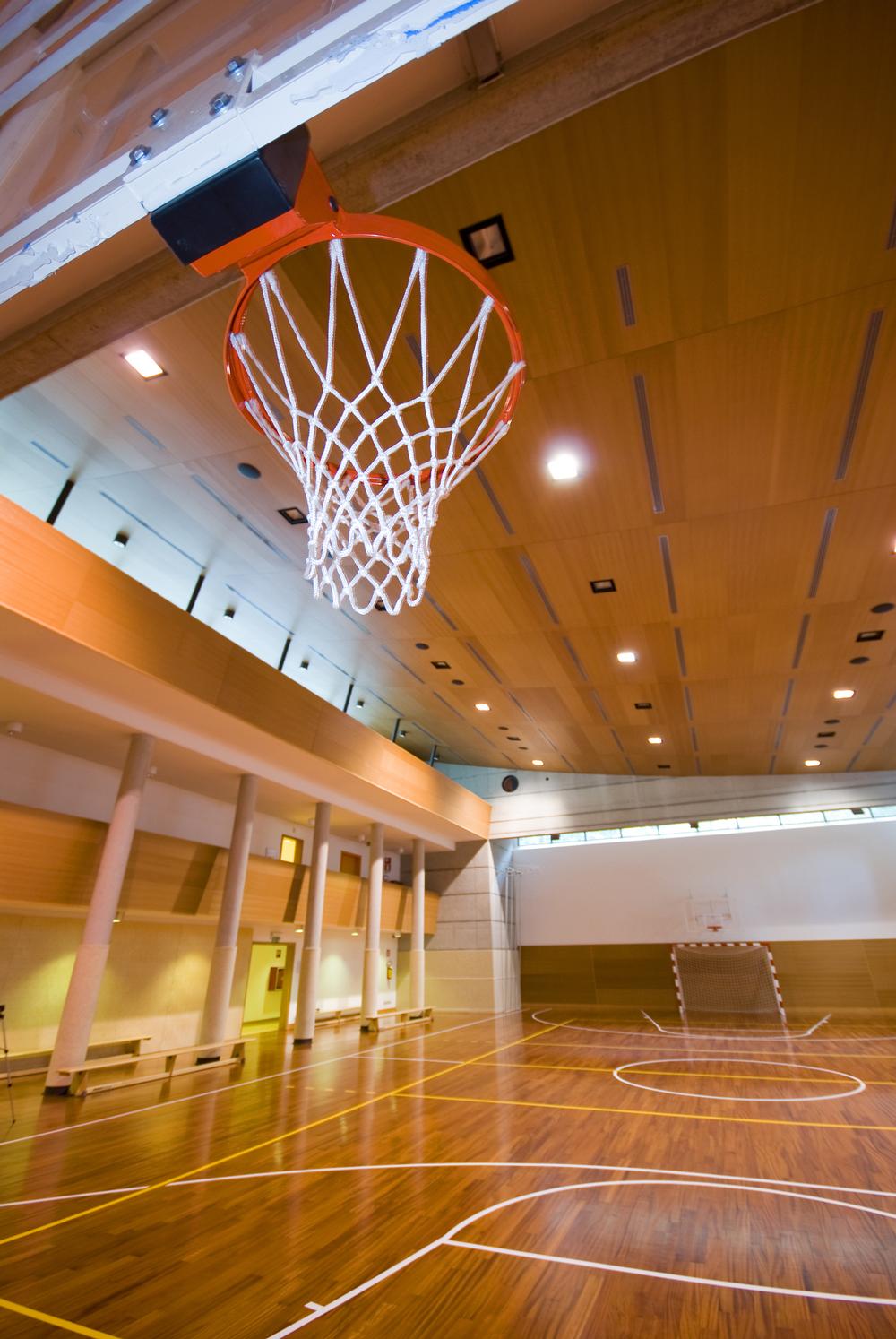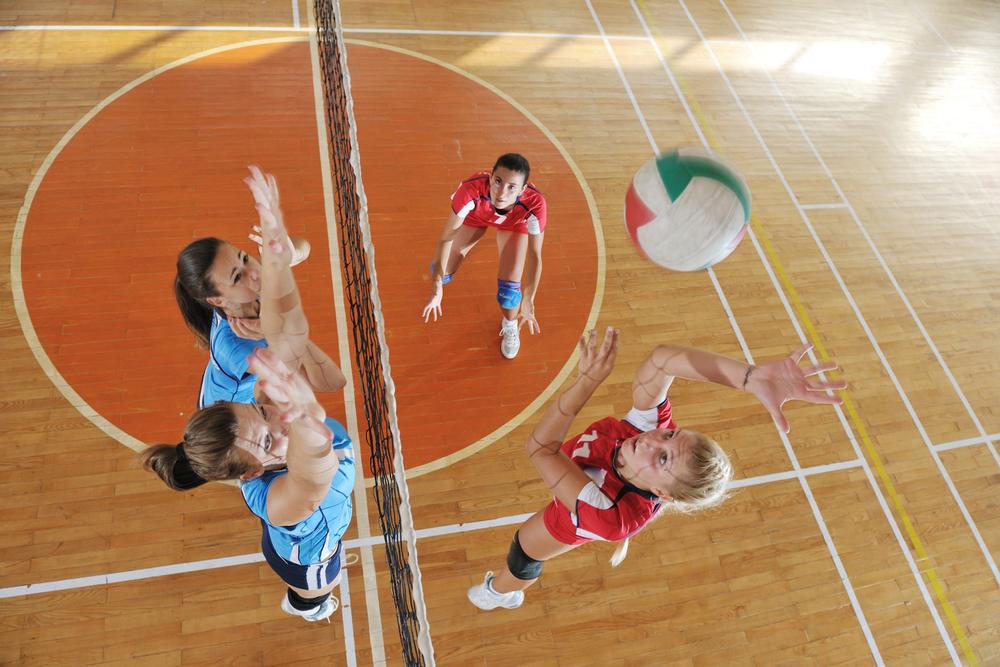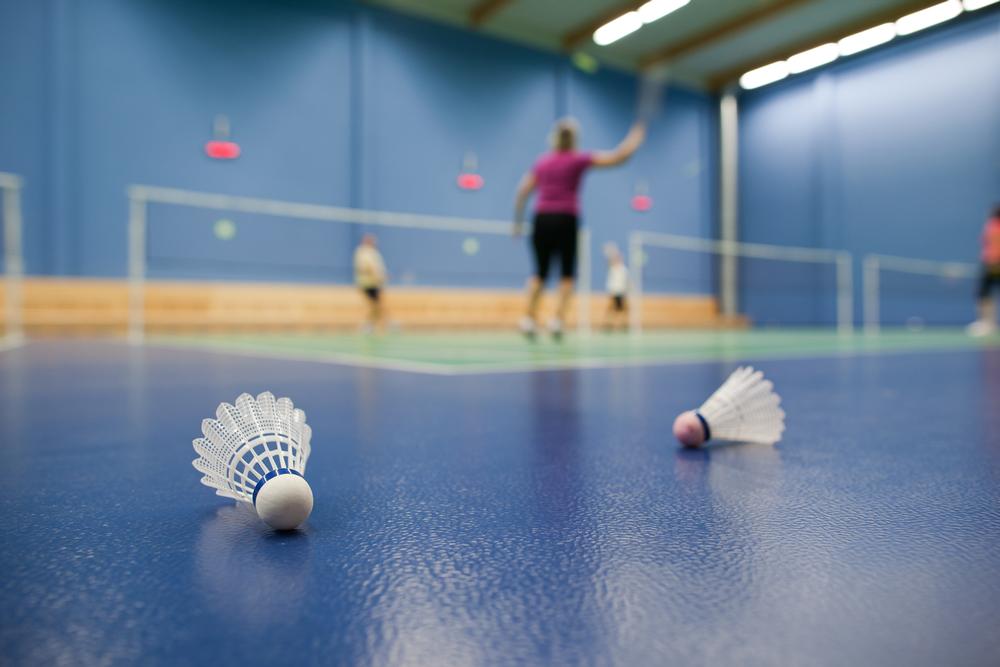Developing the right sports hall
KKP’s David McHendry discusses the benefits of choosing correctly-sized indoor sports facilities that work well for indoor sports and offer a sound business model for the operator
How large should a sports hall be in order to offer high-quality sporting opportunity and a decent, sustainable level of return for the operator? This is the question that Sport England has been seeking to address via its 2011 publication Developing the Right Sports Hall.
Specialists from the national governing bodies (NGBs) of netball, basketball, badminton, volleyball and cricket have come together to assess whether and how it is possible to specify at the core unit level – a space that enables each of the sports to be played at the requisite level of quality – and to set out the process that agencies should use to assess this.
Knight, Kavanagh and Page (KKP) – an independent specialist consultancy in sports, leisure, culture, regeneration and green spaces – was tasked by Sport England to prepare practical guidance on the sporting and business benefits of the proposed larger hall models. This included direct centre management and business planning expertise, work focused on management, programming and usage flexibility that new specifications may offer, as well as the accompanying fiscal benefits and sustainability.
One size fits all
Historically, sports hall size evolved around the practical space required to accommodate four badminton courts and in general they have become larger and taller. When the old GB Sports Council’s Standardised Approach to Sports Halls (SASH) programme was rolled out in the early 1980s, the recommended specification for floor-space was 32m x 17m. This worked for badminton but left other sports somewhat cramped; the touchlines for a netball court were, for example, virtually on the skirting boards and there was little or no run off space for umpires, scorers, coaches and other team members.
However, these needs have since been addressed and so the 33m x 18m sports hall specification has become the norm.
Changing shape
A key trigger for further change was the Building Schools for the Future (BSF) programme. This incorporated what was called Building Bulletin (BB) ‘98’ guidance which suggested that the minimum size for new school sports halls should be 33m x 18m (594sq m). This guidance was what both developers and the Local Education Partnerships (LEPs) then picked up on and specified.
However, halls of this size are now not considered to be fit for purpose for the key sports they serve and the prospect of allowing another generation of facilities that are just too small has helped Sport England broker an unprecedented level of co-operation among NGBs to develop mutually agreed specifications.
To meet participation targets, support clubs and leagues and enable talented athletes to train and compete, NGBs need access to properly specified, correctly-sized facilities. The proposed new core specification for community and school sports halls described in Sport England’s Developing the Right Sports Hall document can work for all of them and, at the base level, optimises potential cross-sports use and income generation.
Development of 4+ halls
In seeking to change the core definition of what we understand to be an appropriate sports hall, Sport England’s document provides excellent technical detail about what is needed to accommodate the various main sports as they are played at present.
It also makes reference to the options that developing various models of larger halls offer to the operator and people delivering recreational, competition or performance-based programmes in various sports. The document is accompanied by business planning and modelling spreadsheets to assist those considering the various scenarios available to them to do so with ease and confidence.
The new core unit (what we are calling the 4+ hall), at a capital cost not substantially greater than the old model, offers potentially excellent value for money and can bring significant community, educational, programming and, most importantly, sports development and participation increase benefits.
However, if schools, local authorities and other operators wishing to develop new or replace existing halls are to get the most out of their investment, consideration must be given to how they (plus clubs and NGBs themselves) look to innovate to seek to attract new participants and to make optimum use of the space they will have at their disposal.
Development of 4+ halls will allow (and should encourage) the smart club, league or operator of the future to take a market-led approach to promote positive, proactive centre programming and use with potentially valuable participation outcomes. Lessons can be learnt from the fact that five-a-side football was not invented by the FA but the market for it has expanded and developed in a sport that was already widely played in another format.
Turn up and play
The larger core sports hall offers the imaginative venue manager ‘room for manoeuvre’. There is real opportunity to innovate. For school-based users, it can provide options to deliver new format games as part of the curriculum and an after-school offer. For those programming for the community, the additional space, some innovative court line markings and hall sub-division means that things can be done differently to break away from the static space filling habits that have led indoor football and more recently ‘wall-to-wall aerobics’ to dominate programming at the expense of other sports, because they generate, in relative terms, good levels of income and are relatively easy to sell.
Successful examples of ‘turn up and play’ volleyball are already filling various venues, while new more flexible forms of netball – suited to a small-sided format are being televised. Due to their adaptability these sports are becoming increasingly popular among those entering or ‘coming back’ to sport, while 2v2 and 3v3 basketball has been played for decades – just rarely in regular participation, structured drop-in and regular league based formats.
What we haven’t yet seen is these derivatives properly used to drive up participation numbers (and venue income). However, these correctly-sized facilities better meet the needs of mainstream sport and can accommodate safe and exciting turn-up-and-play innovations.
These have the potential to bring people into these sports (or keep them in) for longer, while ensuring the operator gets an appropriate return on investment. This, in turn, validates the investment in the extra space and the early stage effort needed to do things differently.
Developing the Right Sports Hall is available from the Sport England website: www.sportengland.org
David McHendry is a principal consultant at Knight, Kavanagh and Page. Email: [email protected]
Intention
Assess the market:
* Current sports hall supply in the catchment
* Sports hall stock condition
* Technical quality/relevance/scale
* Current use; fully occupied/spare capacity?
Sporting need:
* Which sports do you want to cater for
* At what level(s)?
* Is there an NGB-identified need in the locality?
Sports status:
* Levels of play in chosen sports
* Facility(s) required to service this
* Level of NGB technical specification required
Quantity:
* How much use can you legitimately predict
* ...in each sport?
* ...at each level of competition/performance?
Specification:
* Is there a facility in place – is it worth keeping?
* What facility(s) is/are required?
* What must the specification(s) be to cater for the levels of play and numbers predicted?
Does it stack up:
* What will it cost to open/run/operate?
* How much income will be generated?
* Is the business plan sustainable?
Decision




Recreation Assistant (Dry Site)
Party Leader
Cleaning Assistant
Duty Manager
Duty Manager
Team Leader (Harrow School Fitness Club)
Centre Manager (Leisure)
Director of Operations
Fitness Motivator
Recreation Assistant/Lifeguard (NPLQ required)
Membership Manager
Recreation Assistant
Swim Teacher
Swim Teacher
Chief Executive Officer, Mount Batten Centre
Swimming Teacher
Swimming Teacher
Company profile

Featured Supplier

Property & Tenders
Company: Knight Frank
Company: Belvoir Castle
Company: AVISON YOUNG
Company: London Borough of Bexley
Company: Forestry England














